Saffron crocus, or Crocus sativus, is a perennial bulb grown since ancient times for its highly aromatic stigmas yielding a precious spice: saffron. It is the rarest and most expensive of spices, because harvesting the stigmas of crocus flowers is meticulous and done by hand only.
Description
On dark green linear foliage, attractive blue or white flowers appear in autumn. Each flower has a six‑petalled corolla and three long red‑orange filaments — the stigmas — which constitute saffron.
Uses
Harvest takes place in autumn, from October to November, depending on region and climate. Once saffron filaments have been harvested by hand, they must be dried to preserve them. They can be used in cooking to flavour and colour dishes with their unique scent and delicate, penetrating candied‑flower aroma. Saffron enhances fish and rice and perfumes certain fruits such as strawberries and peaches. It takes 150 flowers to produce one gram of saffron.
Growing in the garden
Saffron crocus or Crocus sativus, hardy to -10°C, can be grown almost everywhere in France. It prefers full sun. It thrives in rich, well‑drained soil. It establishes itself in the vegetable garden but also easily in ornamental beds and sunny rockeries.
→ Discover our range of saffron crocus, consult our detailed sheet: Saffron Crocus or Crocus sativus: plant, to grow and harvest your saffron, and discover our blog article on saffron






























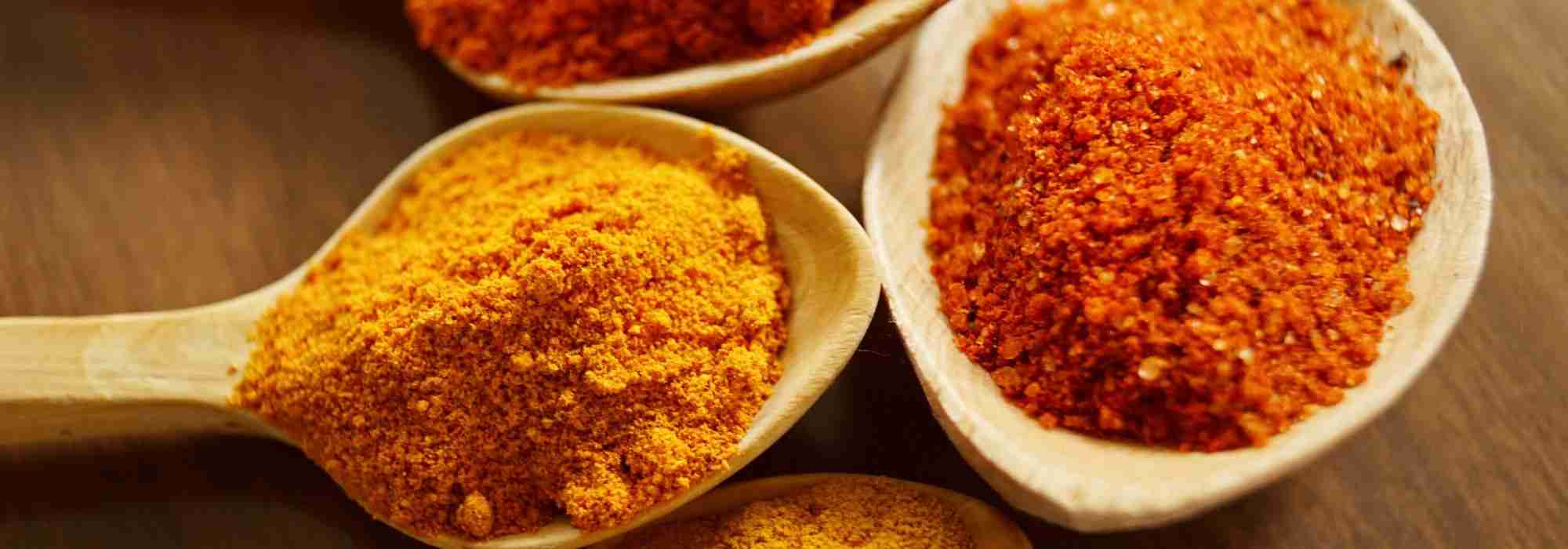

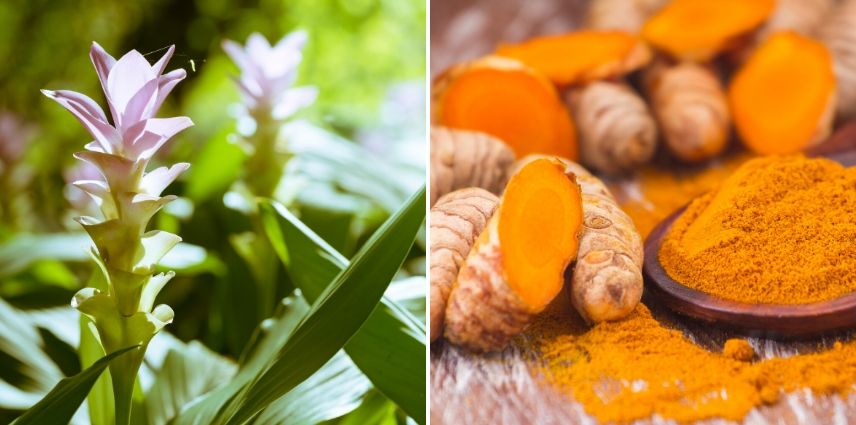
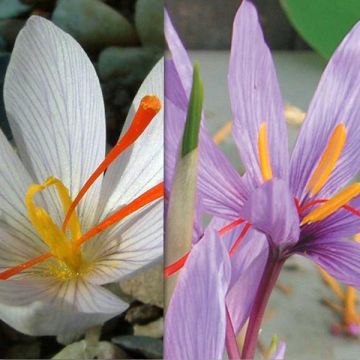
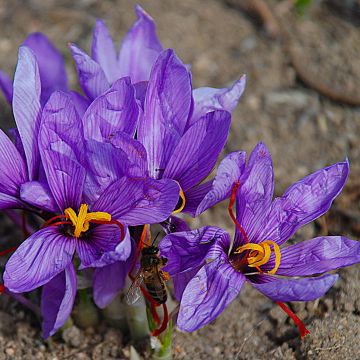

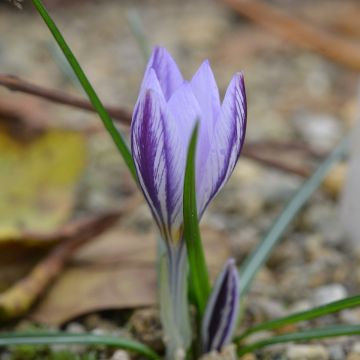
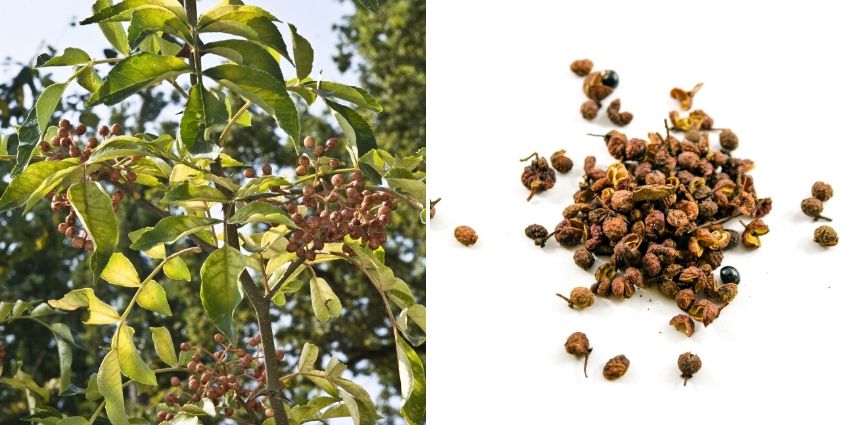
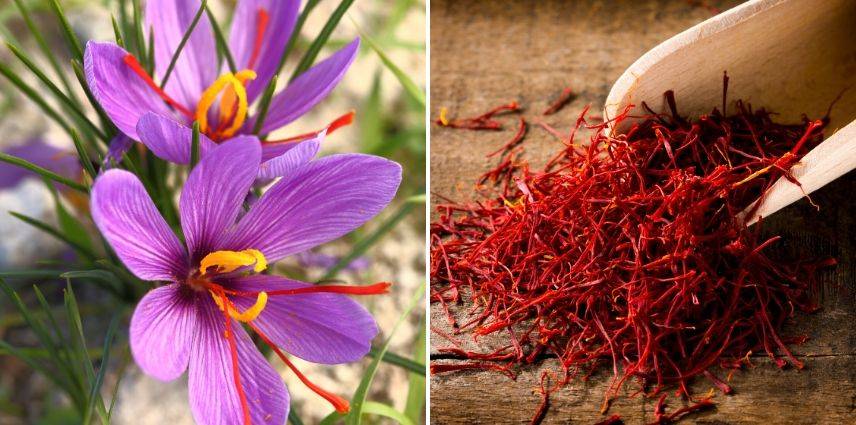

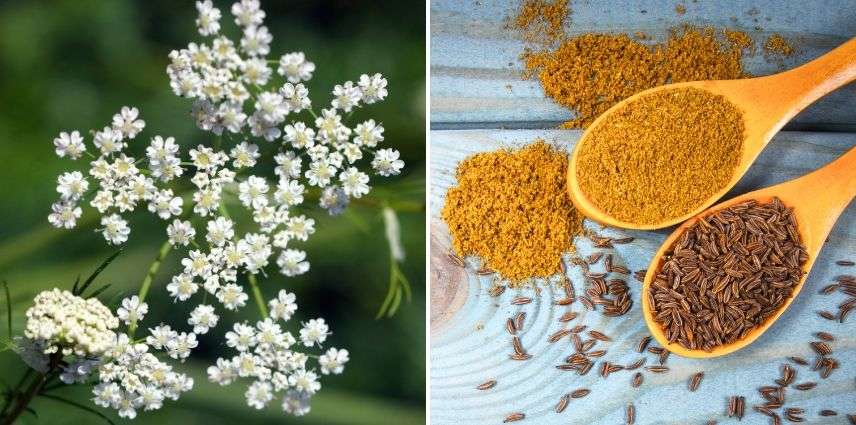
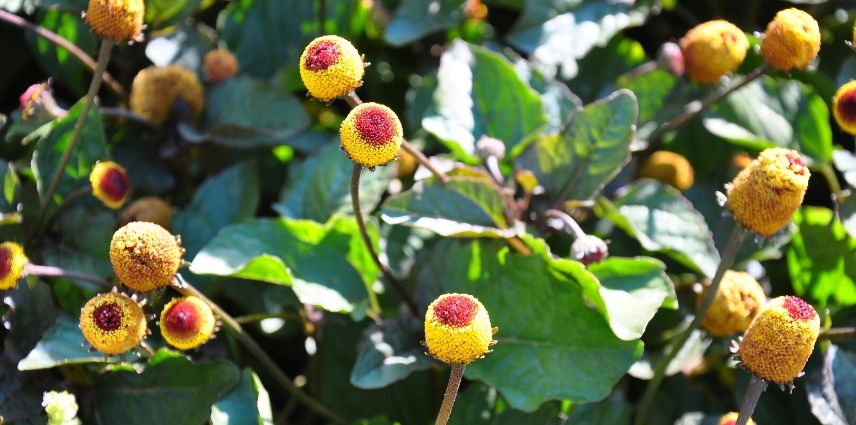

Comments